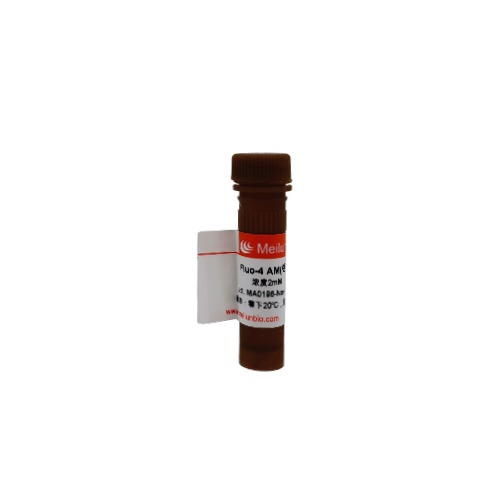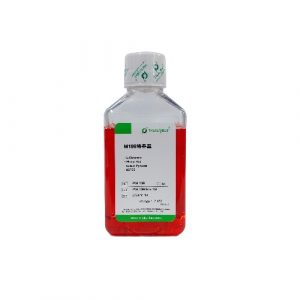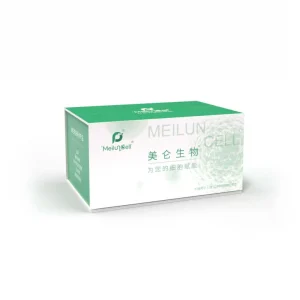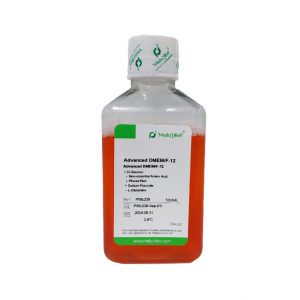Product Description
Fluo-4 AM is one of the most commonly used fluorescent probes for detecting intracellular calcium ion concentrations. It is structurally similar to Fluo-3 AM, with the chlorine atom replaced by a fluorine atom, resulting in a shift of its maximum excitation wavelength by approximately 10 nm towards shorter wavelengths. This wavelength is closer to the 488 nm wavelength of an argon laser, making Fluo-4’s fluorescence intensity approximately twice that of Fluo-3 when excited by an argon laser. Due to its affinity for calcium ions similar to Fluo-3, Fluo-4 AM can be used interchangeably with Fluo-3, allowing for the detection of changes in intracellular calcium ion concentrations using laser scanning confocal microscopy or flow cytometry.
Fluo-4 AM is the acetoxymethyl (AM) ester derivative of Fluo-4, allowing it to penetrate cell membranes. Once inside the cell, Fluo-4 AM is cleaved by intracellular esterases to form Fluo-4, which becomes trapped within the cell. Fluo-4 binds to calcium ions, resulting in strong fluorescence emission with a maximum excitation wavelength of 494 nm and a maximum emission wavelength of 516 nm.
This Fluo-4 AM (Calcium Ion Fluorescent Probe) is provided as a stock solution in anhydrous dimethyl sulfoxide (DMSO) at a concentration of 2 mM.
For intracellular calcium ion detection, Fluo-4 AM is typically used at concentrations ranging from 0.5 to 5 μM. Cells are usually co-incubated with an appropriate solution containing 0.5-5 μM Fluo-4 AM at 20-37°C for 10-60 minutes to load the fluorescent probe. Subsequently, the cells are washed appropriately, followed by an additional incubation of 20-30 minutes to ensure complete conversion of Fluo-4 AM to Fluo-4 within the cells.
Shipping and Storage
- Storage:Store at -20°C in the dark. Stable for 6 months.
- Shipment:
Usage Statement
Research Use Only (RUO)
All sales are subject to the General Terms and Conditions of Sale set forth on our website.





